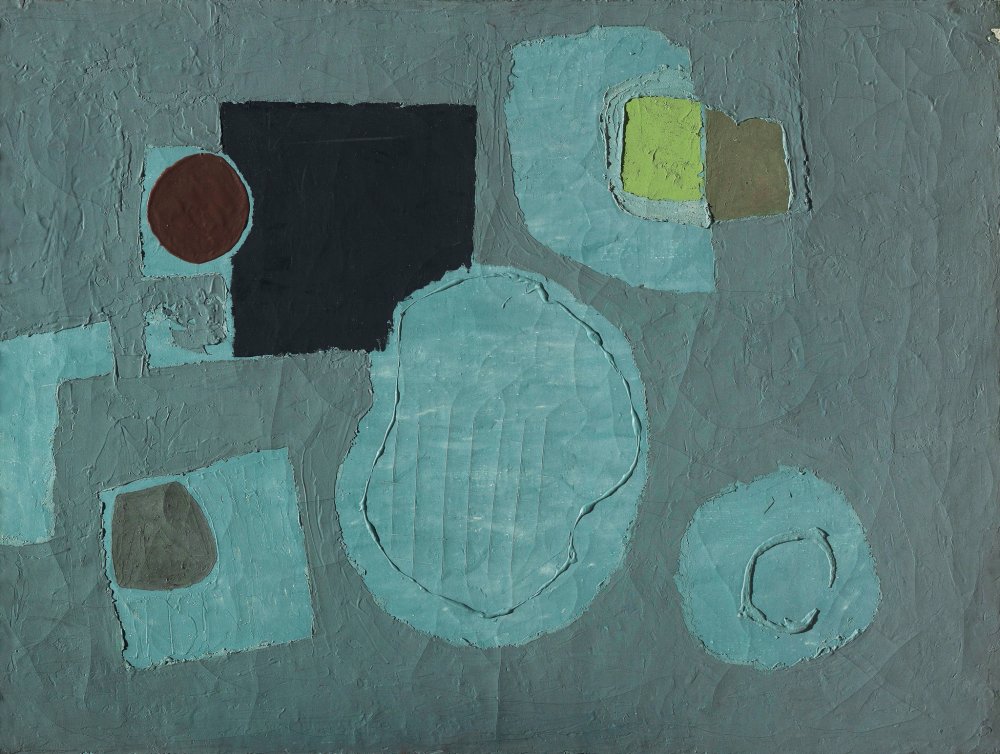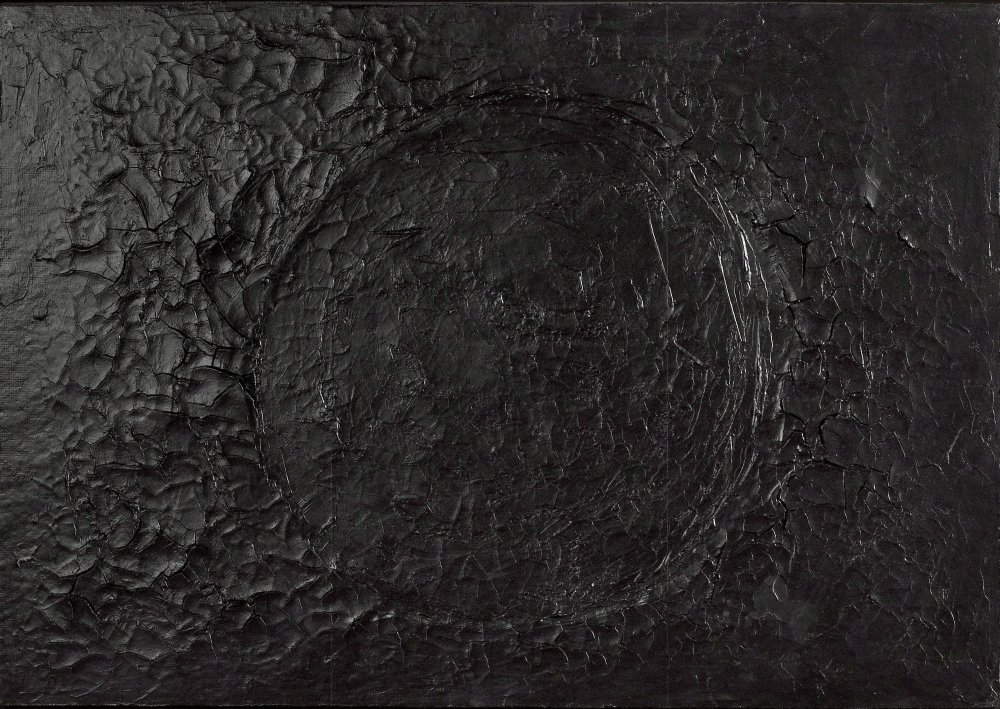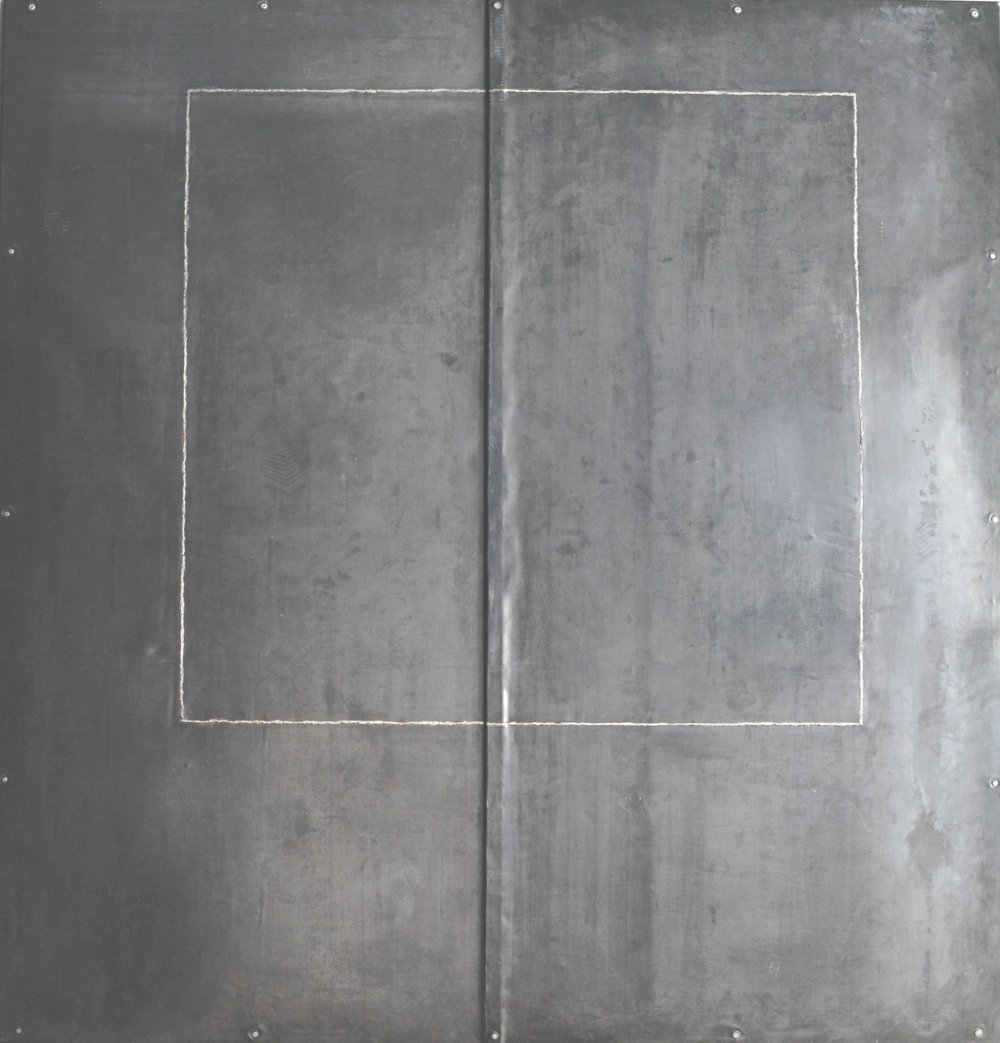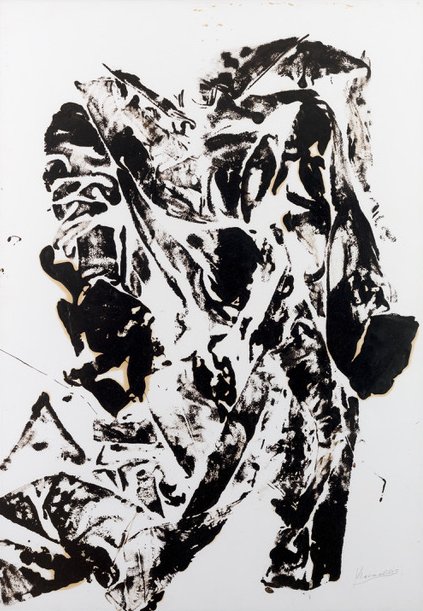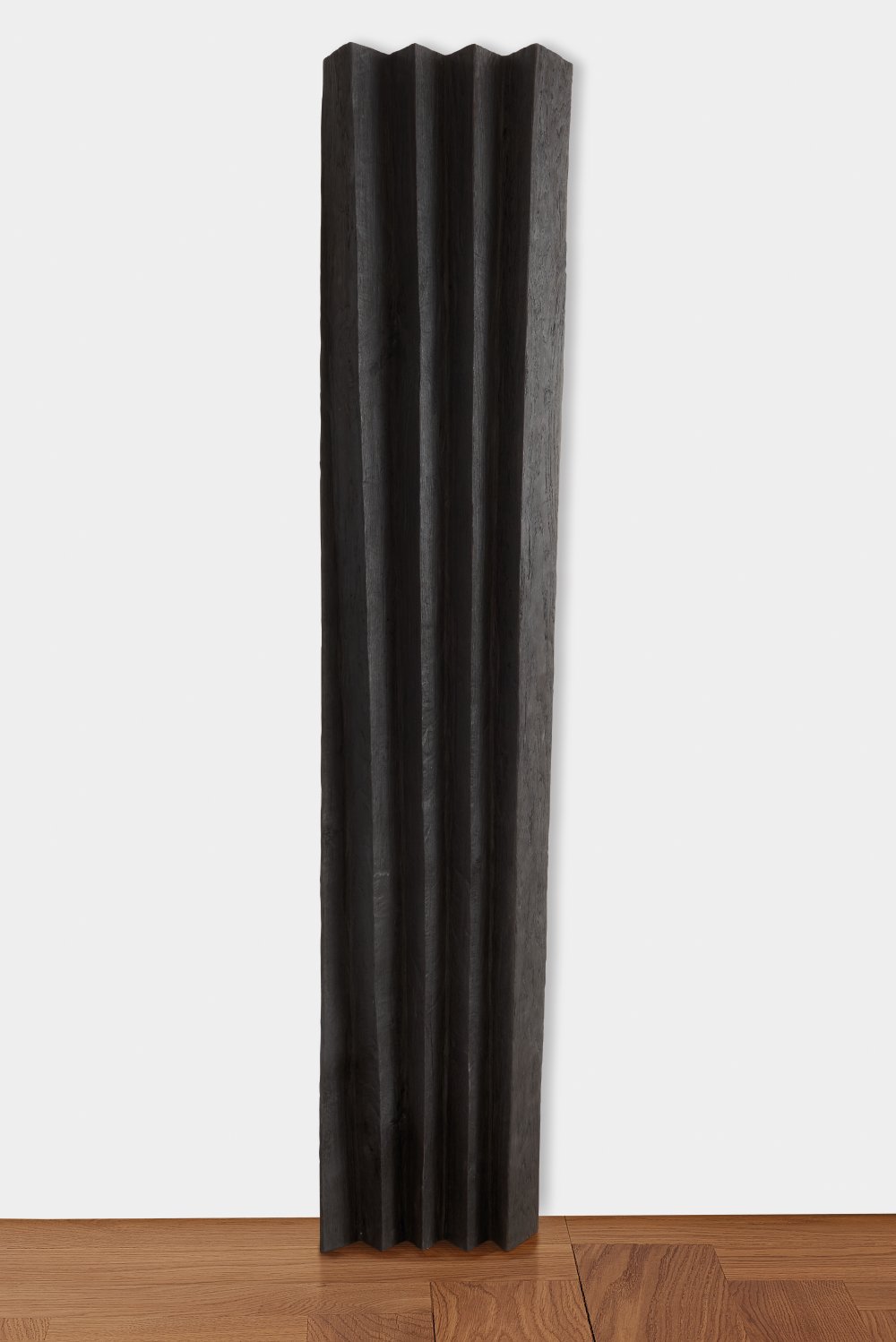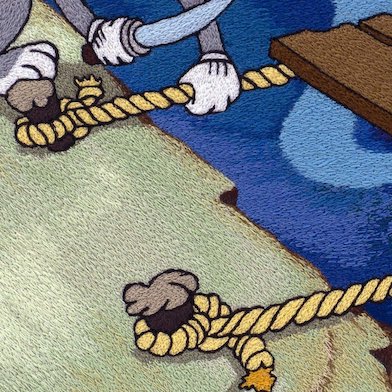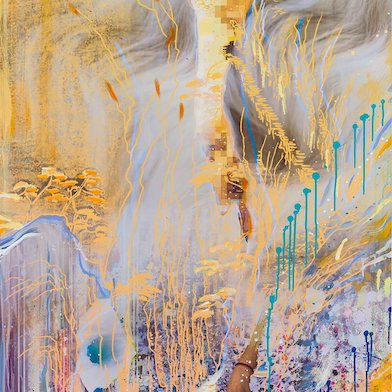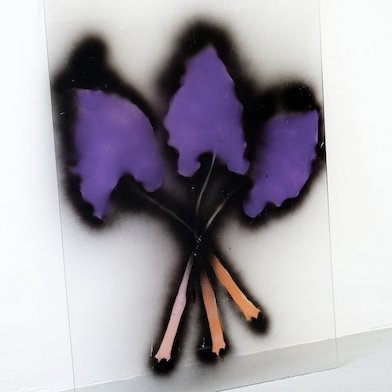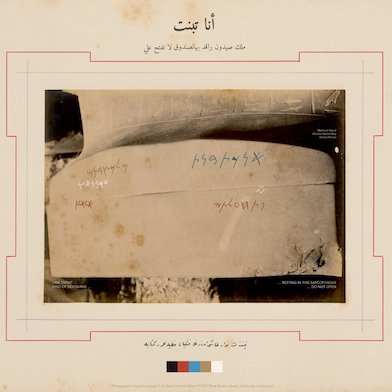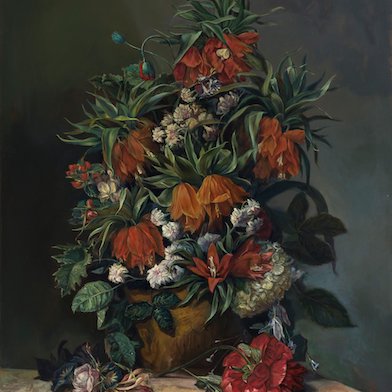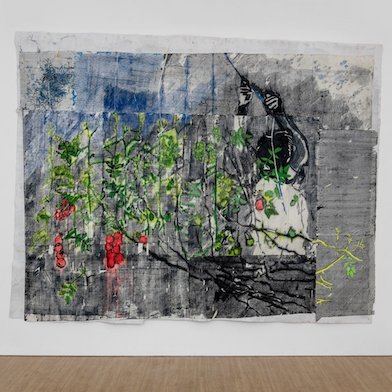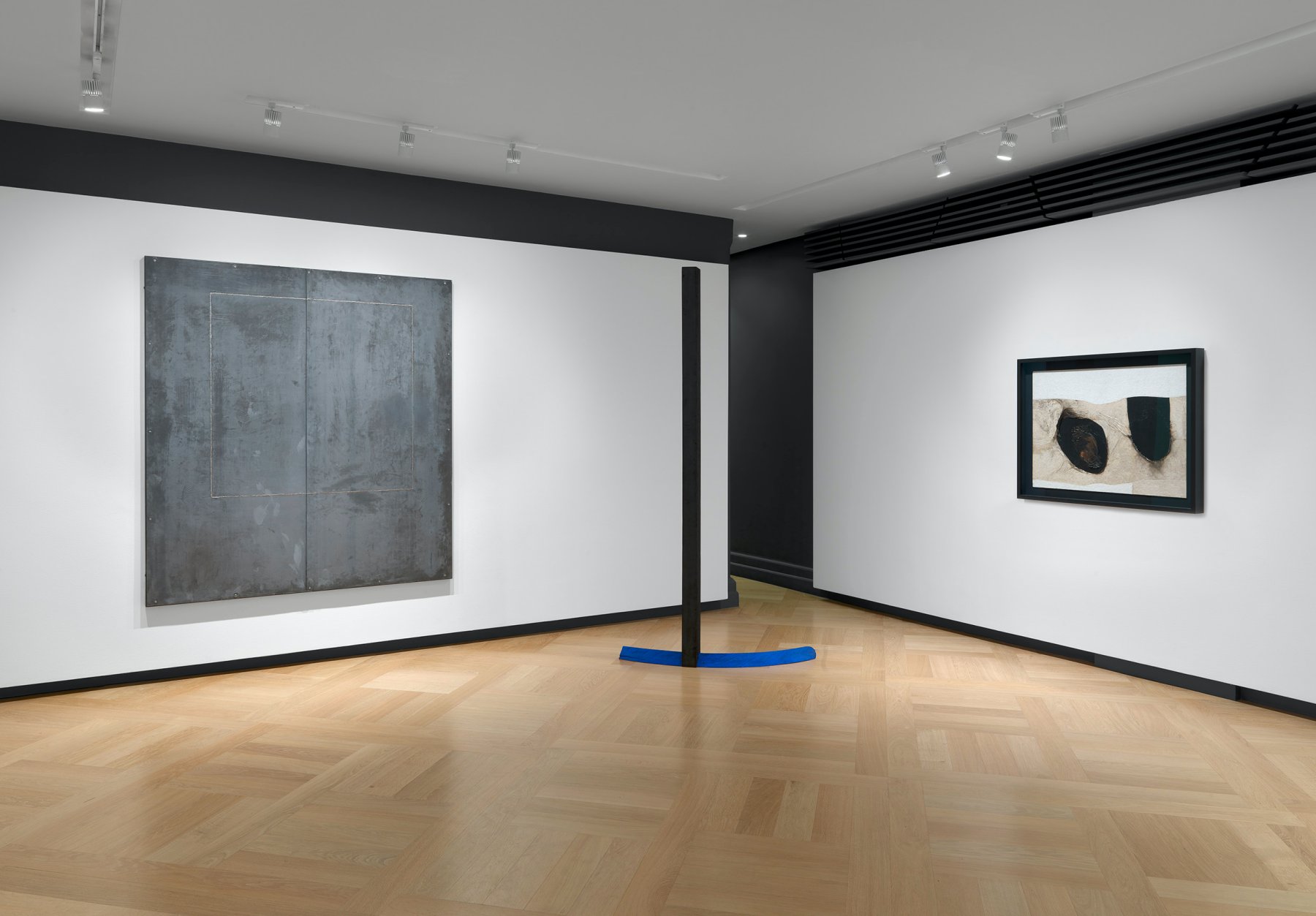
Open: Mon-Fri 10am-6pm, Sat by appointment
Visit
BURRI, KOUNELLIS, NUNZIO. Ethic of the artwork
Mazzoleni, London
Wed 6 Oct 2021 to Sat 20 Nov 2021
15 Old Bond Street, W1S 4AX BURRI, KOUNELLIS, NUNZIO. Ethic of the artwork
Mon-Fri 10am-6pm, Sat by appointment
Artists: Alberto Burri - Jannis Kounellis - Nunzio
curated by Bruno Corà
Mazzoleni London is pleased to present BURRI, KOUNELLIS, NUNZIO. Ethic of the Artwork, an exhibition of works by masters belonging to three successive generations of 20th century Italian art.
Artworks
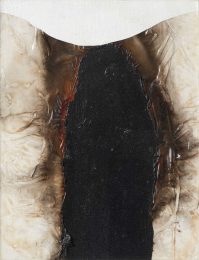
Combustione, 1968
Plastic, acrylic, combustion on canvas mounted on canvas panel
180.0 × 240.0 mm
Signed, dated and inscribed (on the reverse): Buon Natale, 68, Burri
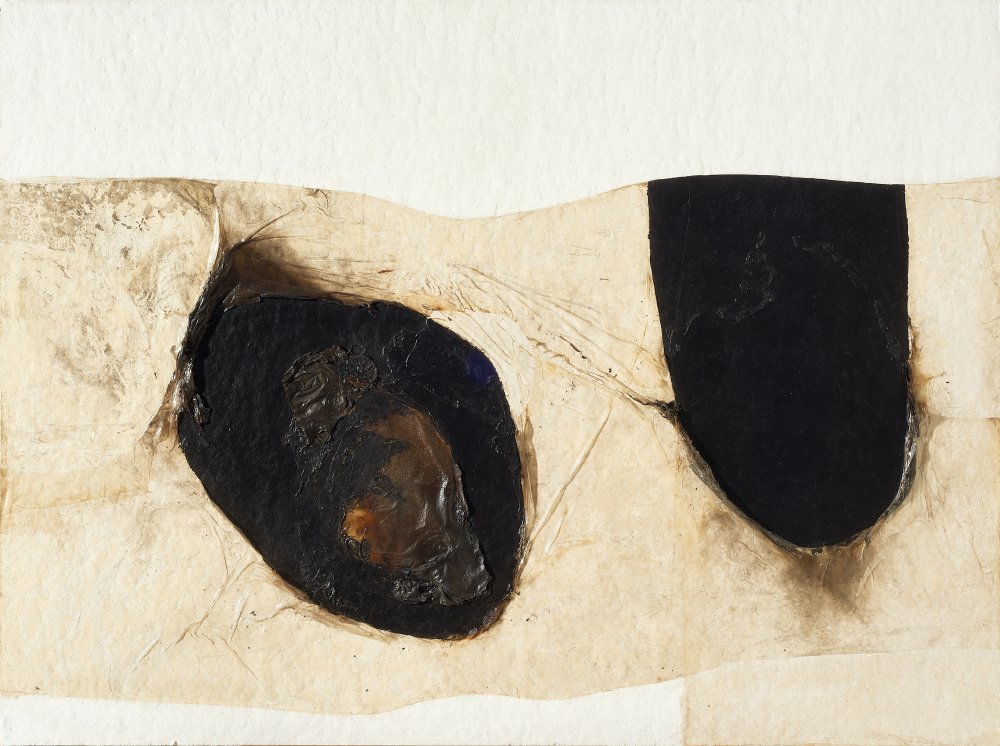
Plastic, acrylic, vinavil and combustion on Celotex
1010.0 × 760.0 mm
Signed and dated ‘Burri 65’ (on the reverse)

Cretto, 1976
Acrovinyl on celotex
165.0 × 257.0 mm
Inscribed (on the reverse): Cretto 1976, 27,5 x 18,2 cm / (25,7 x 16,5) / Cat. Sis. no. 1099 inv.

Untitled, 2008
Lead, unpolished Murano glass, wire and fabric on steel panel
1800.0 × 2000.0 mm
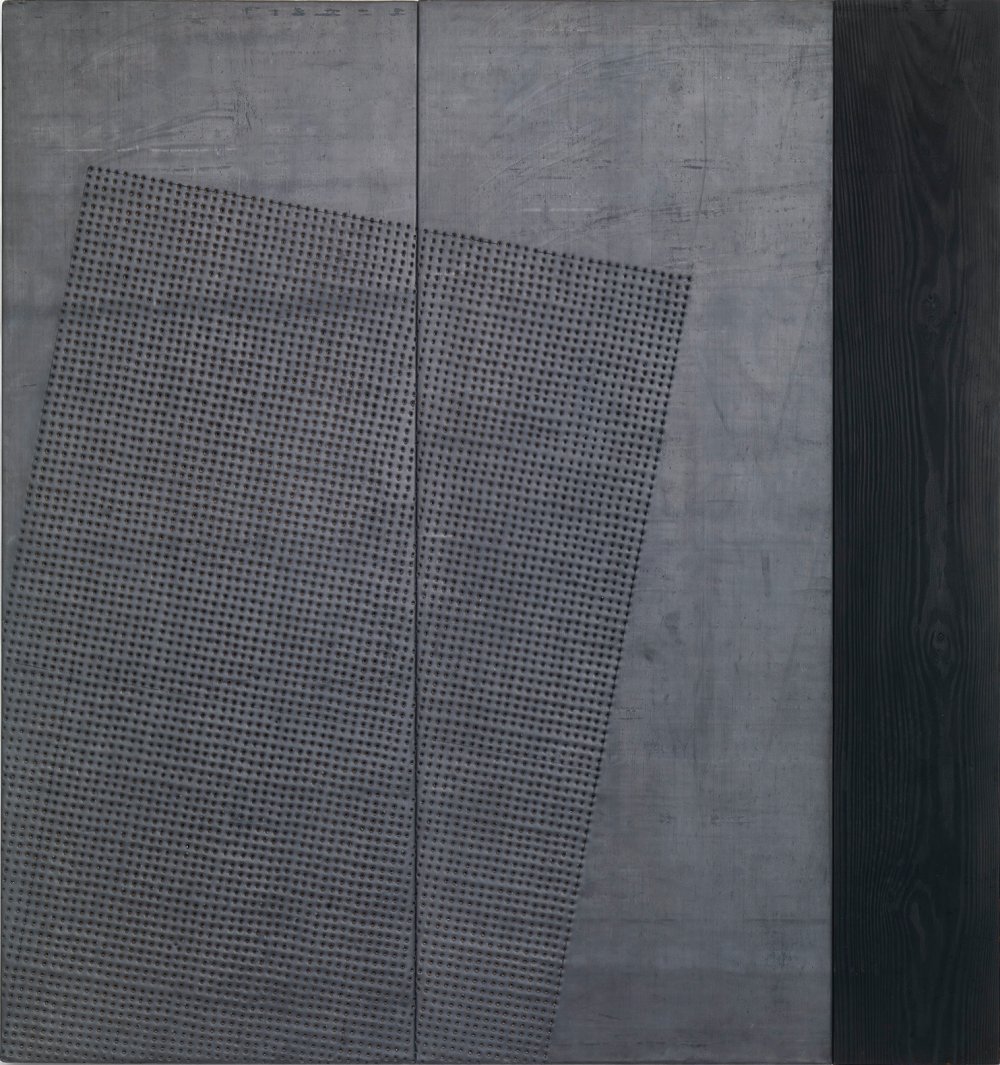
Lead and combustion on wood
1190.0 × 1280.0 × 30.0 mm
Signed, titled and dated (on the reverse)

Pigment and combustion on wood
940.0 × 2000.0 × 280.0 mm
Signed, titled and dated (on the reverse)
Added to list
Done
Removed
Installation Views

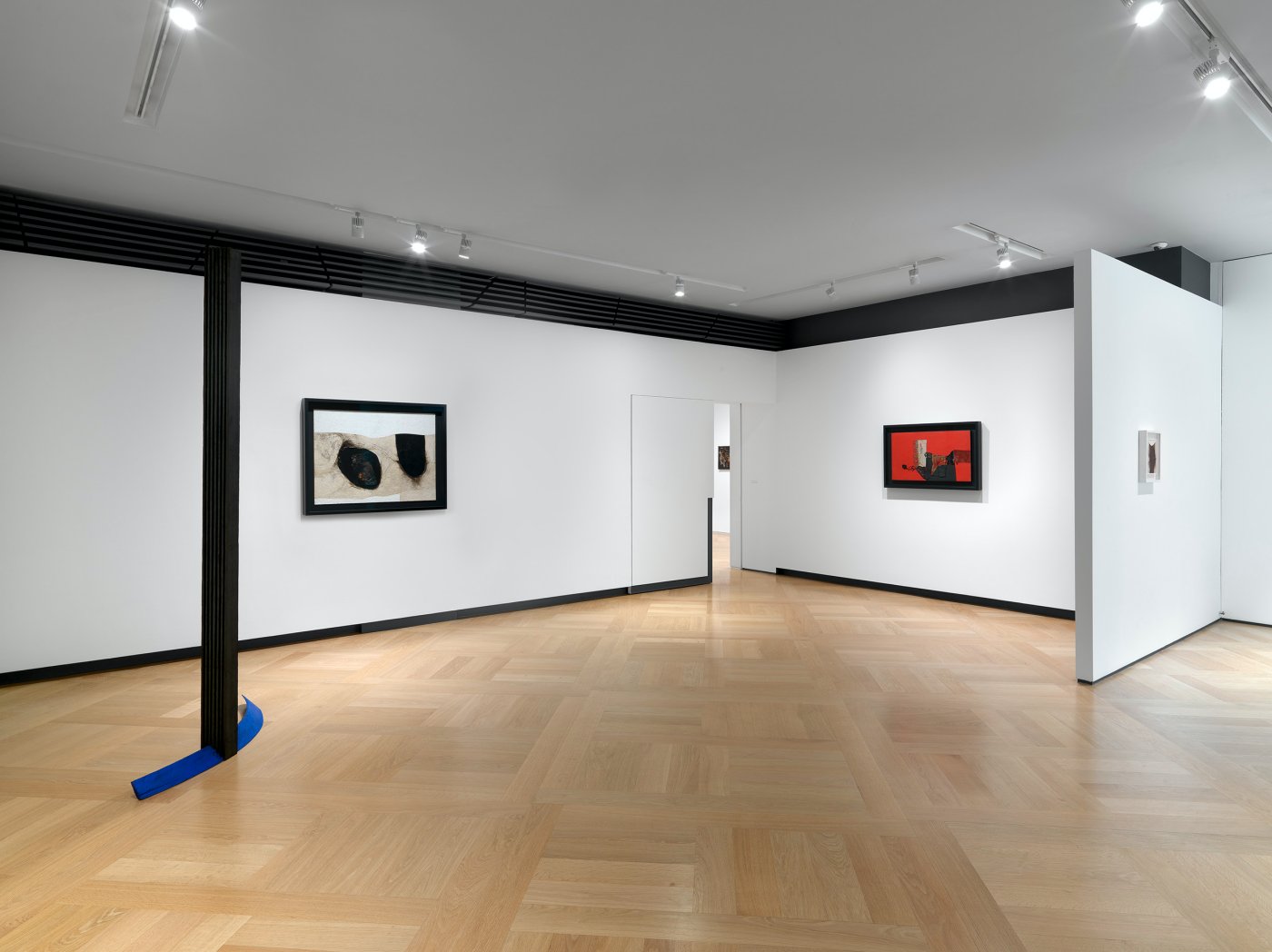
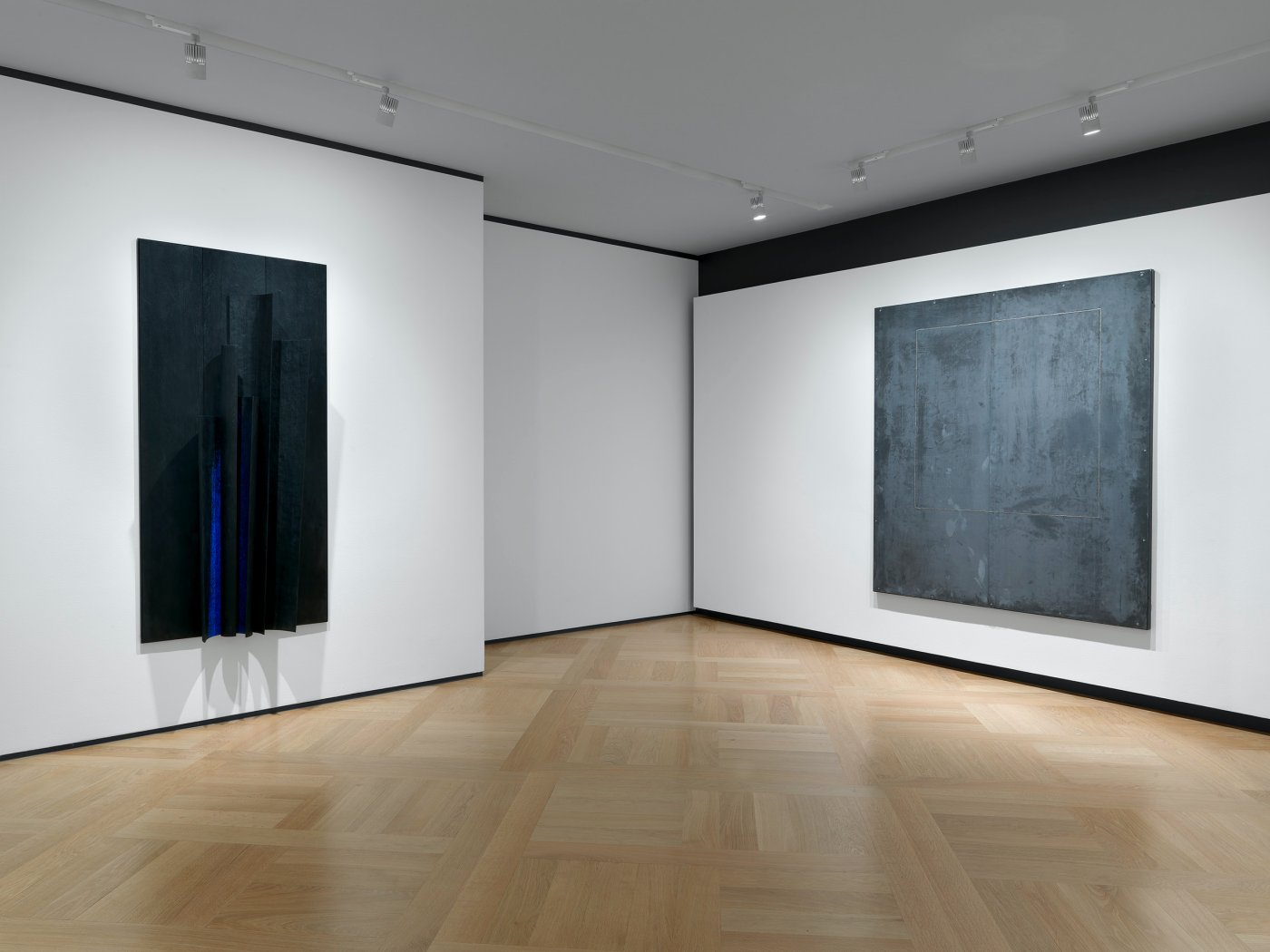
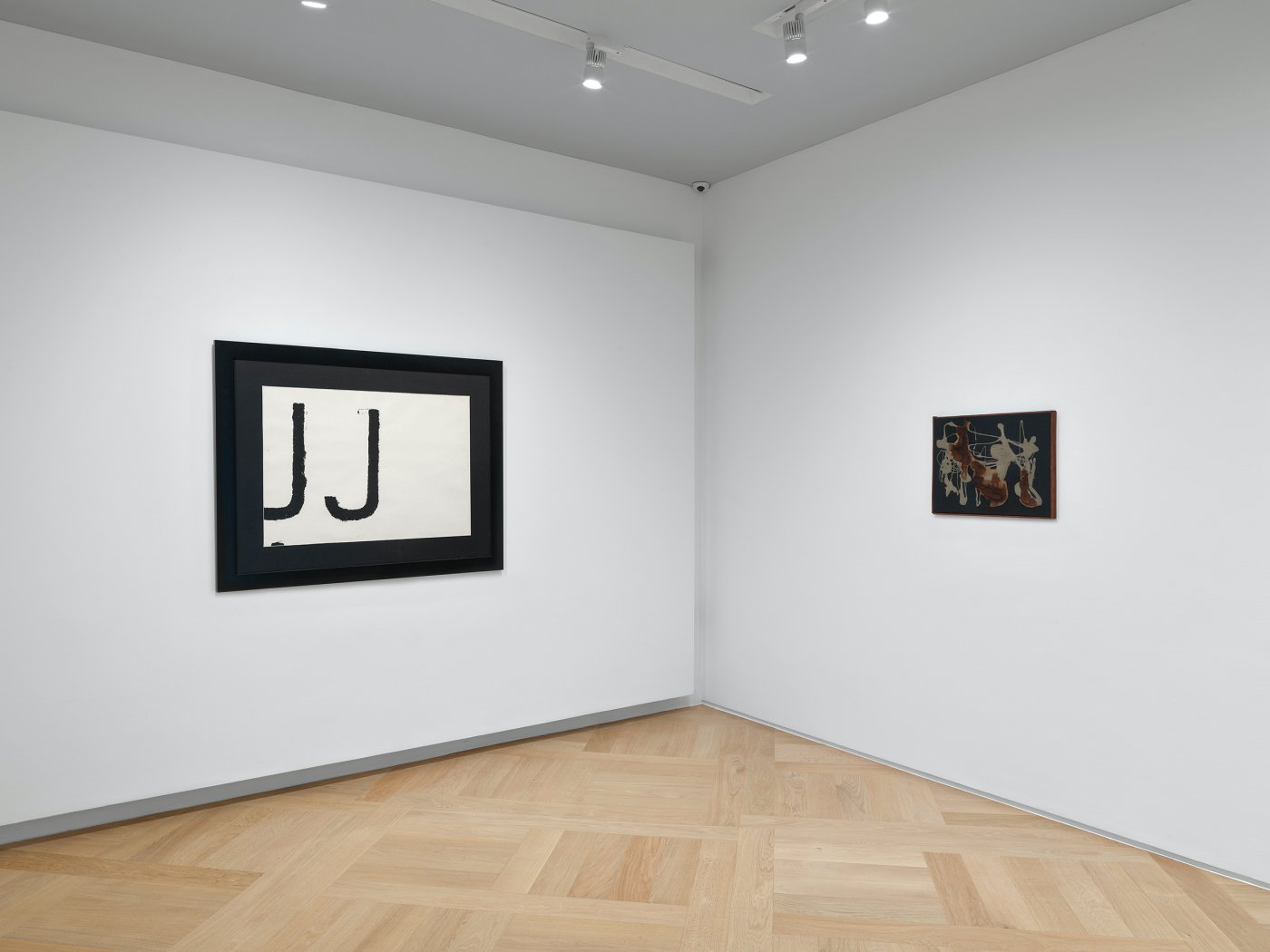
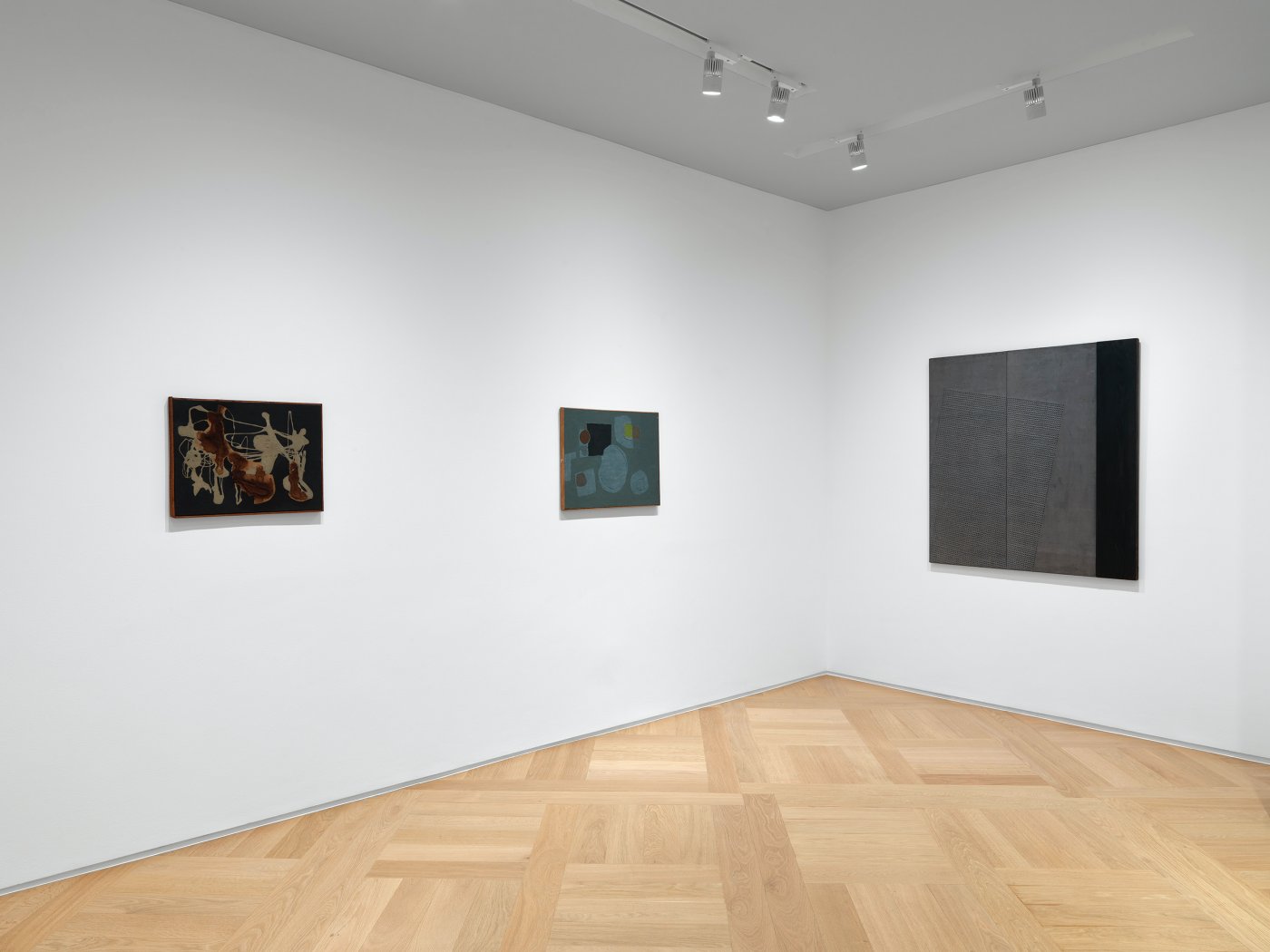
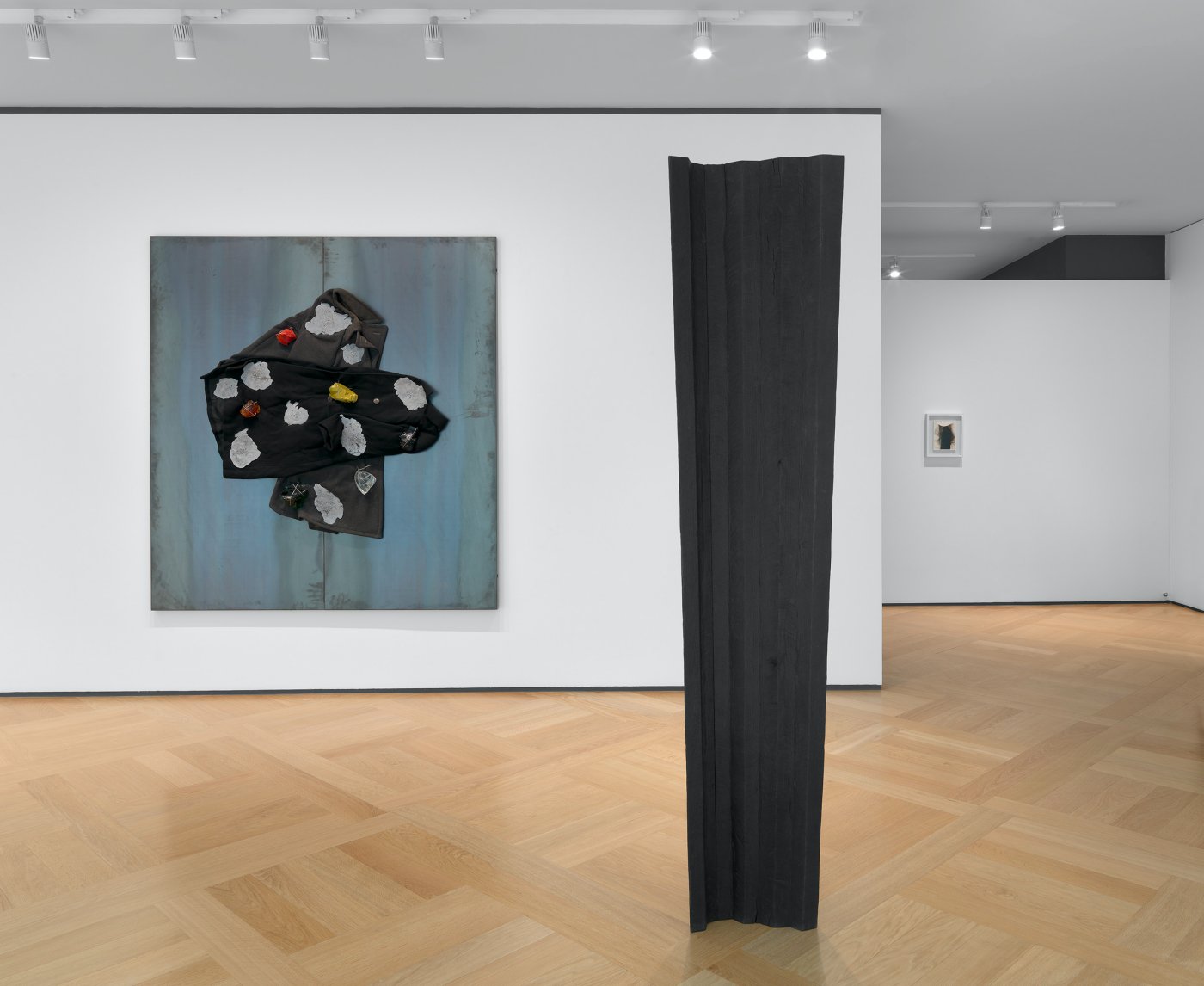
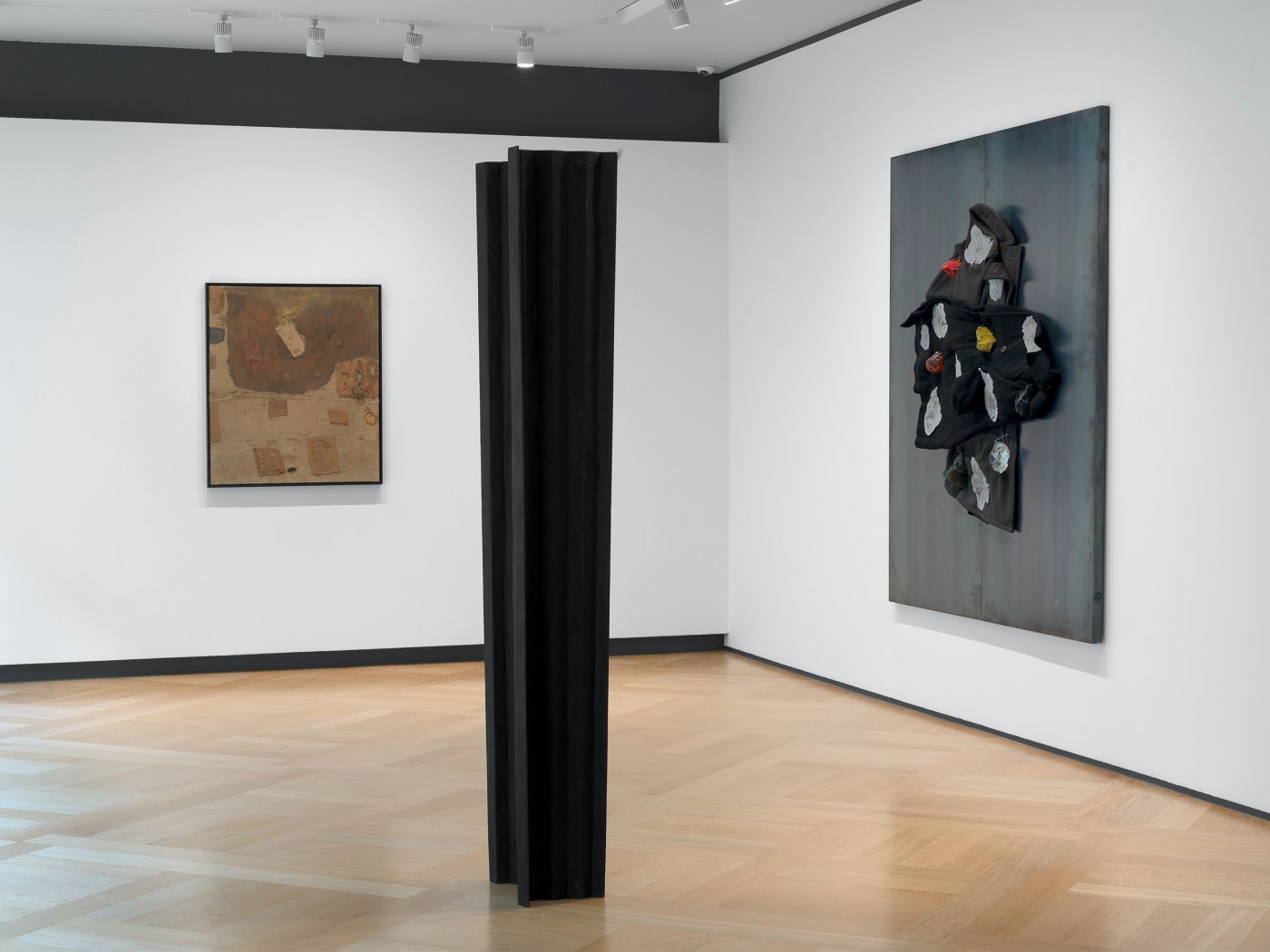
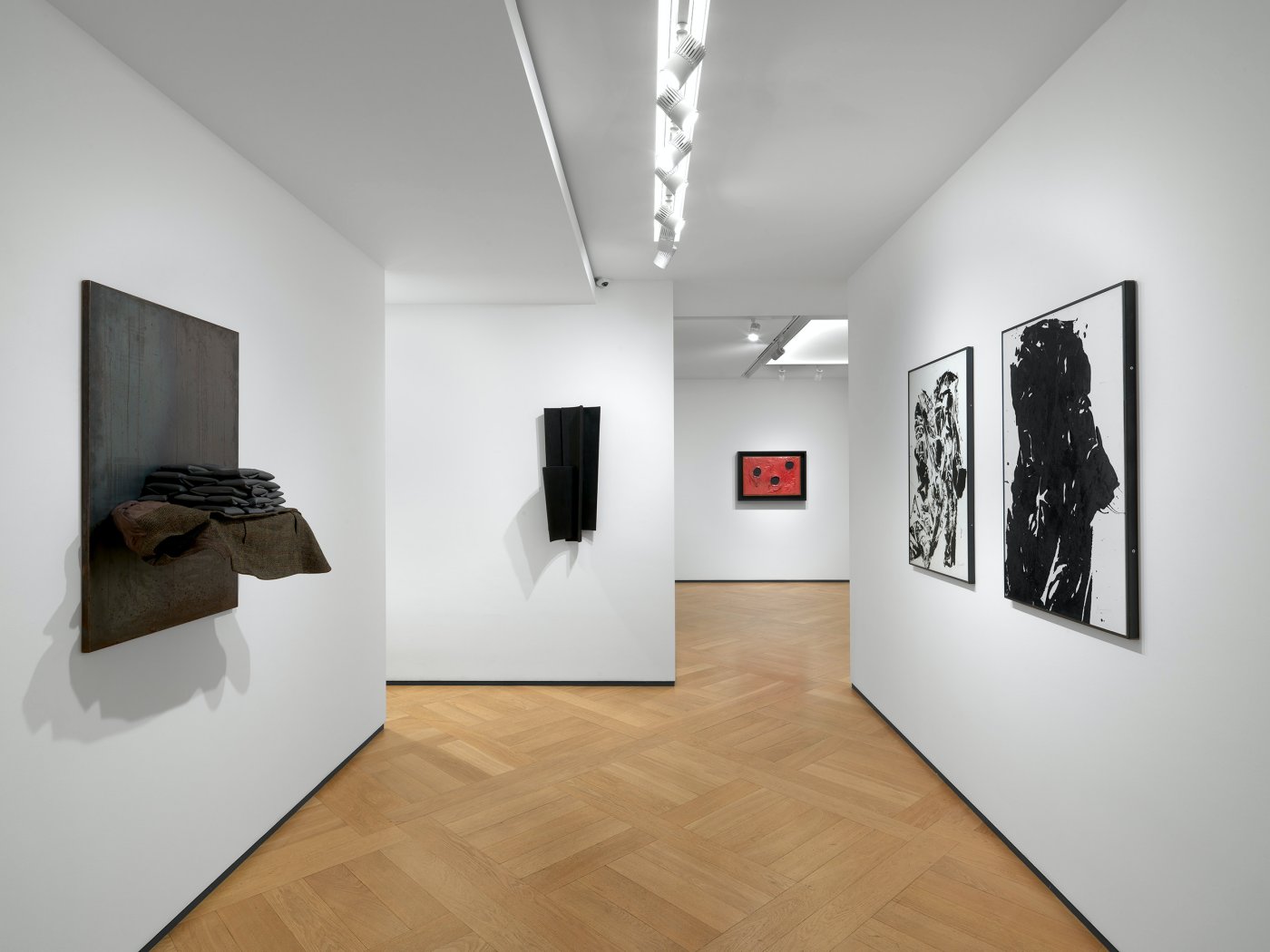
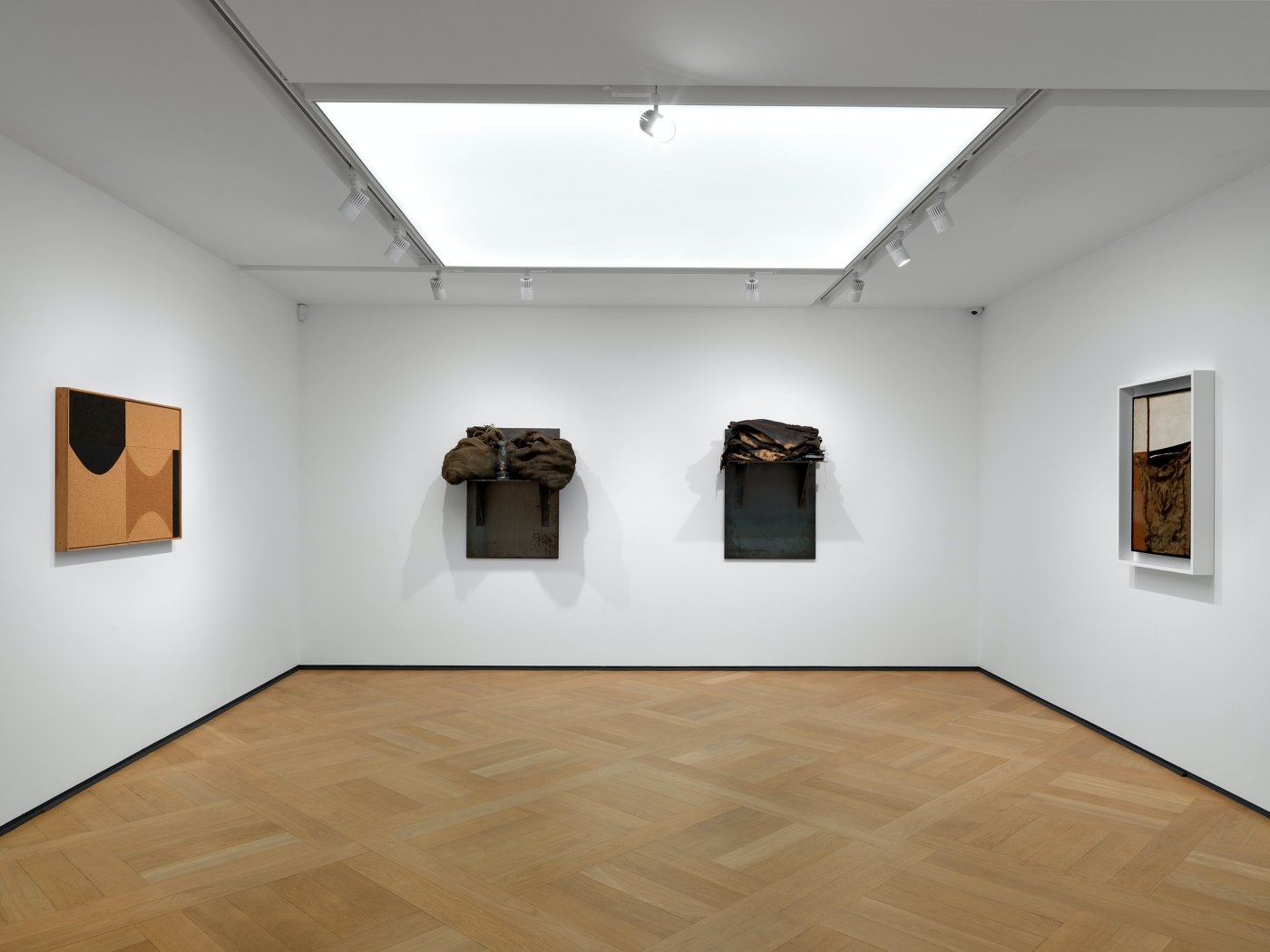
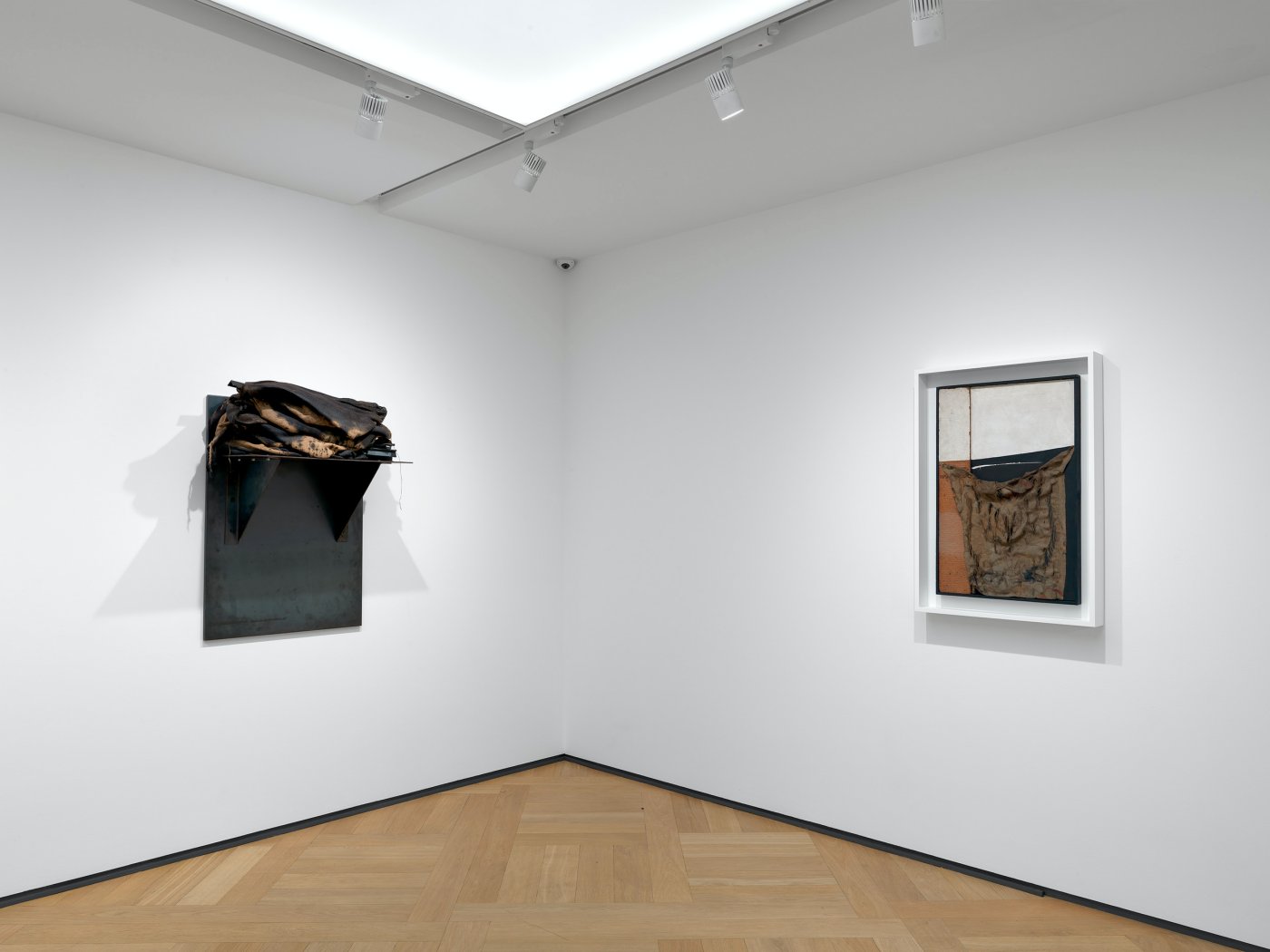
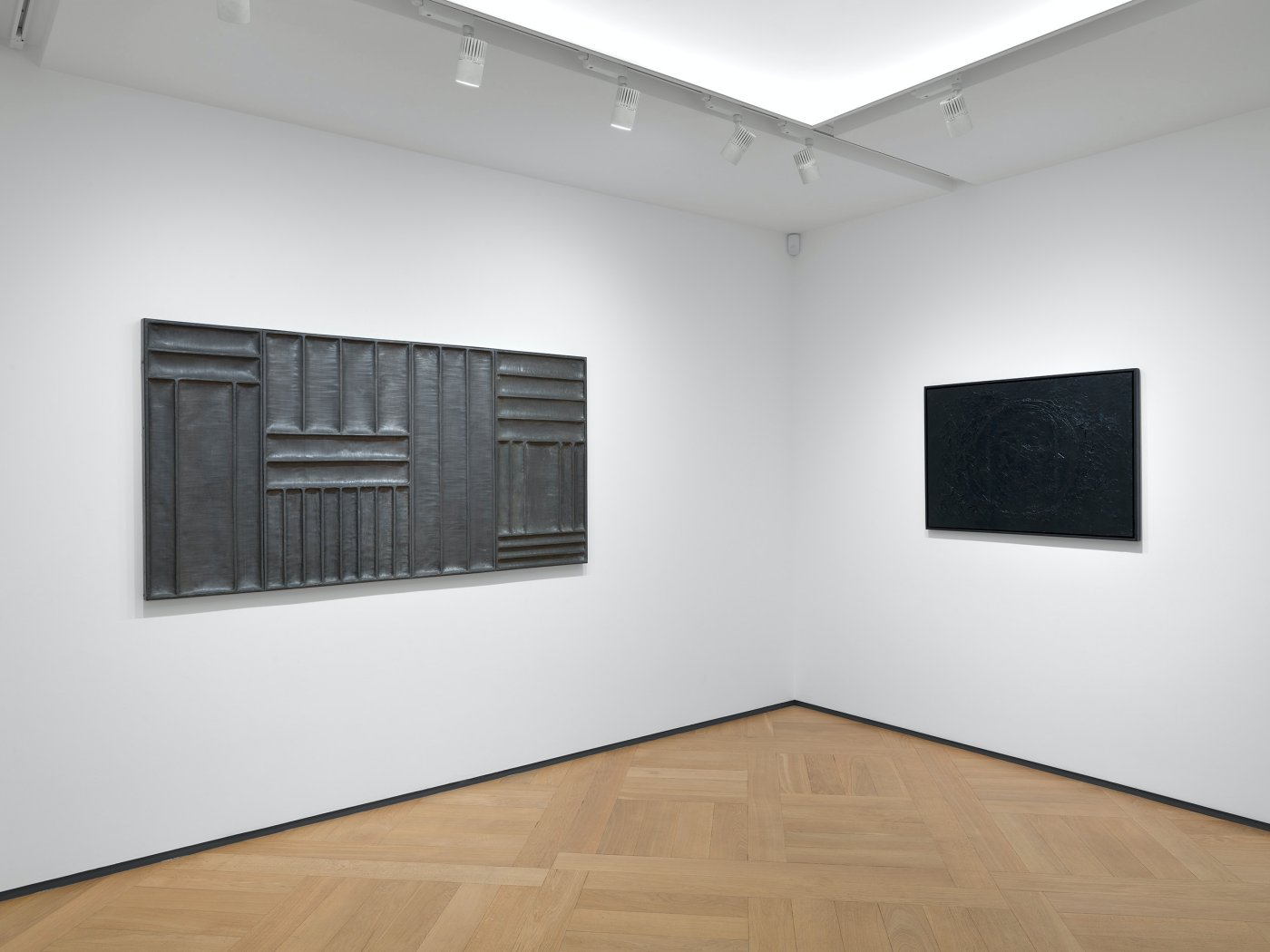
“This unprecedented exhibition,” says Bruno Corà, curator of the show, “offers an opportunity to observe the different pictorial-plastic pronouncements of these three artists in an association that is not simply environmental but based above all on a shared ethical tension in the creation of the work. This aspect is evident both in the choice of materials and in the way they are elaborated, as well as in the linguistic processes observed to arrive at the form, always responding to a generative thought of poetic authenticity.”
Starting with Alberto Burri (1915-1995), creator of the art of matter, the exhibition features works belonging to different moments of his production, a real excursus that, takes a close look to his beginnings — as is the case with Pittura from 1949 and the "Sacchi" of the Fifties. The show then explores the "Plastiche" of the Sixties as well as other important morphologies that have marked the more mature path of this great international protagonist of the second half of the Twentieth Century, such as the "Cellotex" from the Seventies, which he created by mixing wood sawdust and glue and that he used from then on as a support for his works.
Meanwhile, the work of Jannis Kounellis (1936-2017), who since 1967 was among the pioneers of Arte Povera, with his "exit from the picture", brings about a significant linguistic change. A change in which all the degrees of that balanced creation of the image are equally present, responding to an ideological dignity of itself and of its form.
Finally from Nunzio (1954), the youngest of the three and already the protagonist of an important solo exhibition at Mazzoleni London in 2019, are featured several sculptural productions that reunify: combustion of wood, modelling of lead and blue pigmentations, which correspond to an ethics of form recognizable in the yearning for spatiality that incorporates physical "places" or memory.
With this exhibition, Mazzoleni gallery, which for over three decades has been a point of reference for collectors and art lovers of the Italian Post-War period, looks forward to welcoming visitors during the week of Frieze Art Fair in London (13-16 October 2021).
ALBERTO BURRI (Città di Castello, 1915 - Nice, 1995) graduates in medicine in 1940. As a medical officer he is taken prisoner by the Allies in Tunisia in 1943 and is sent to a camp in Hereford, Texas. Here he began to paint. Back in Italy in 1946, he settled in Rome and devoted himself to painting, which became abstract figurative. In 1949, with the work SZ1 he introduces in his painting some scraps of fabric, taken from the sacks distributed by UNRRA in Italy in the immediate post-war period. In 1951, after a very brief participation in the group "Origine" (origin, with Ballocco, Capogrossi, Colla), he devoted himself intensely to the development of the "Sacchi" and other works such as mixed media "Neri" and "Muffe". During the Fifties his painting is affirmed in Rome, but it is especially in other American and European cities that it will reach full international recognition. In the second half of the Fifties, he concentrated on the pictorial cycles of "Combustioni", "Legni" and "Ferri", developing, at the beginning of the Sixties, into the transparent "Plastiche". The '70s record a progressive rarefaction of technical and formal means towards monumental solutions, from "Cretti" to "Cellotex". He was awarded prestigious prizes and consecrated by exhibitions in the most prestigious international museums. In 1978 he created a foundation in Città di Castello where he exhibited a selection of his own works, a tribute to his city. In 1989, the Fondazione Palazzo Albizzini Collezione Burri opened to the public a series of large pictorial cycles at the Ex Seccatoi del Tabacco, a complex of industrial buildings: these unusually large drying rooms (seccatoi), completely painted black on the outside at the artist's wish, were thus transformed into a gigantic sculpture, the ideal container for Il Viaggio, Annottarsi, Rosso e Nero, Non Ama il Nero, Metamorfotex, Sestante, and other pictorial cycles.
JANNIS KOUNELLIS (Piraeus, Greece, 1936 - Rome, 2017) moved to Italy and enrolled at the Fines Arts Academy in Rome in 1956. While still a student, in 1960 he opened his first solo exhibition, entitled L'alfabeto di Kounellis (Kounellis’ Alphabet), at Galleria La Tartaruga, Rome. In this exhibition black and white canvases with stencilled letters and numbers, works that he calls "poesie fonetiche" (phonetic poems). Strongly interested in the work of Alberto Burri and Lucio Fontana, as well as those of Jackson Pollock and Franz Kline, he quickly shows signs of artistic restlessness directing his research towards new territories. Curator Germano Celant invites him to participate in Arte Povera - Im Spazio exhibition of 1967 at La Bertesca Gallery in Genoa. In that same year, Kounellis' painting accomplished the act of "coming out of the picture" with the use of extra-pictorial materials such as coal, fire, earth and living animals, while he ventured into some important performances: in 1969 he exhibited 11 horses along the inner perimeter of the Galleria L'Attico in Rome. Starting in 1972, in conjunction with his first participation in the Venice Biennale and Documenta in Kassel, Kounellis became the protagonist of the most important international art exhibitions. Throughout his life, his work has also been presented in major anthological exhibitions, including those at the Musée d'Art Moderne de la Ville de Paris in 1980, the Chicago Museum of Contemporary Art, in 1986, the Museo Nacional Centro de Arte Reina Sofía, Madrid, in 1996, and the Galleria Nazionale d'Arte Moderna, Rome, in 2002, Neue Nationalgalerie Berlin, in 2007-2008.
NUNZIO DI STEFANO (Cagnano Amiterno, L'Aquila, 1954) moved to Rome to study at the Academy of Fine Arts. In 1977 he graduated in Scenography with the painter Toti Scialoja. He is among the artists who establish their own studio in the Pastificio Cerere, a former pasta factory in the Roman district of San Lorenzo, which becomes a vital centre of artistic culture in the city and internationally. Together with Bianchi, Ceccobelli, Dessì, Gallo and Pizzi Cannella gives life to the "Scuola di San Lorenzo" (school of San Lorenzo). In these years he realizes irregular forms in plaster and works in wood and in lead foil. His first solo exhibition in Rome is presented by Giuliano Briganti at the Galleria L'Attico (1984). In 1995 Nunzio is invited to the Venice Biennale and is awarded an Honorable Mention. Also in the Nineties he is the protagonist of several exhibitions in Japan, Germany, Switzerland. In 2000 followed exhibitions at the Galleria dello Scudo in Verona, curated by Lea Vergine, where he presented a series of installations in burnt wood that create new and alienating living spaces and anthological exhibitions at the MACRO in Rome, curated by Danilo Eccher; at the Museum of Contemporary Art in Belgrade; and at the House of the Association of Croatian Artists in Zagreb, curated by Bruno Corà. Since then exhibitions at the Museum Biedermann in Donaueschingen, Germany, presented by Norbert Nobis, at the Museo Riso in Palermo; at Forte di Belvedere and Palazzo Marino Marini in Florence; and at Galerie der Stadt in Tuttlingen, Germany, just to name a few. Nunzio lives and works in Rome and Turin.

